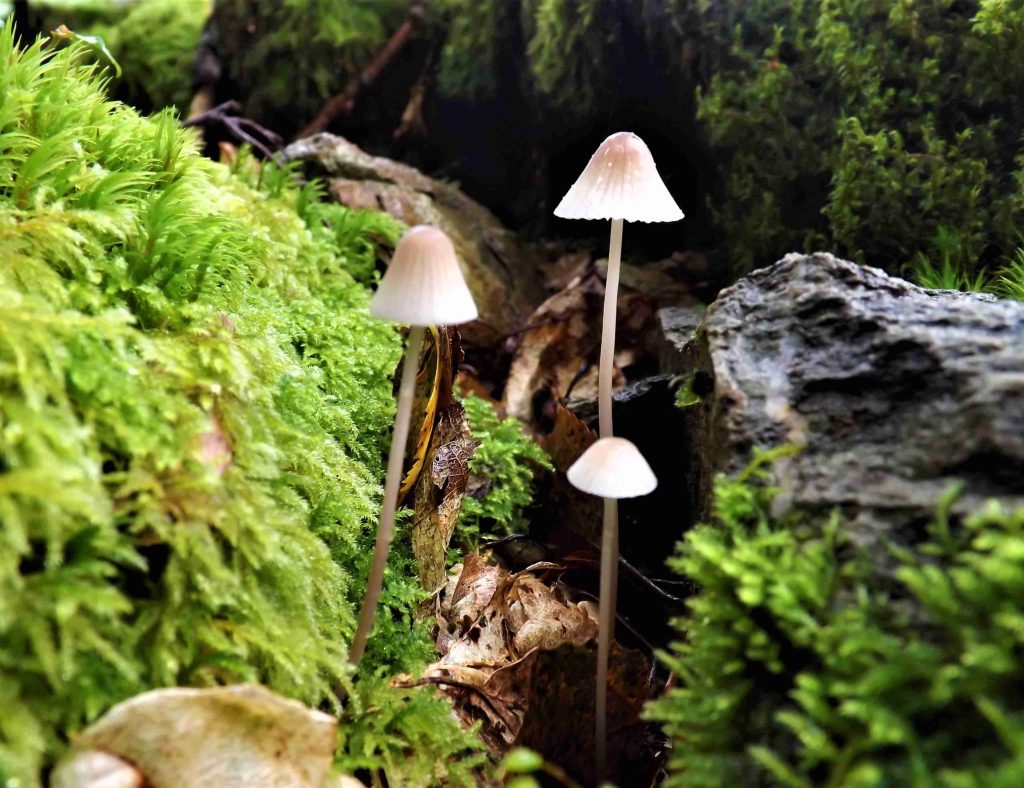
Photo credit: Emmeline Smith
Written by PhD student Emmeline Smith from SCENARIO DTP
Biodiversity is one of the most critical topics on the climate change agenda; as we lose the nature around us, we also loose ourselves.
Biodiversity adds so much value to our welfare in the services it provides, such as the air we breathe, the water we drink and the food we eat. It is not only its physical value that is of importance, biodiversity has immense worth to our cultural identity and mental health. Despite all of this there has been very little talk and action on biodiversity at COP28, with only a brief mention of deforestation on the final day.
The ‘Global Stock Take’ found a huge gap in knowledge and action for biodiversity. In COP15 the ‘UN Treaty and Biodiversity Framework’ was created to stop the destruction of nature by 2030. The stock take found that there has been very little progress made towards this ambitious goal, as there is no clear framework laid out for countries to reach this target.
This spurred 16 countries, including big players like the UK and USA, to come together with the ‘Joint Statement on Climate, Nature and People’.
A document highlighting the importance of biodiversity, this statement acknowledges that the loss of biodiversity directly feeds back into climate change, negatively affecting 1.5C targets. This means that the more nature we lose, the more carbon is released contributing to more climate change. Globally we need to increase sustainable land management and restore ocean health, thus not only reducing and sequestering carbon emissions, but also restoring biodiversity.
The statement included 5 main objectives that are necessary to preserve biodiversity in the future:
- Update and stream line policy and documents on biodiversity
These documents are the ‘Nationally Determined Contributions’ (NDCs), the ‘National Adaptation Plans’ (NAPs) and the ‘National Biodiversity strategies & Action Plans’ (NBSAPs). In this way a unified approach to protect and increase biodiversity would be created. However, it is vital that within this biodiversity should be considered at the country-level as each area is so unique there will not be a one size fits all answer.
- Increasing finance and investments for biodiversity
Working on a global scale is imperative to raise funds from all financial sectors, including domestic budgets, industry, philanthropy and governments.
- An inclusive and representative framework
Everyone must have a voice, so that communities vulnerable to climate change are a part of the planning and implementation of conservation, especially those representing indigenous communities with their own insight and traditional knowledge.
- Implementation of conservation strategies via a society approach, so that all are involved in planning and action.
Everyone needs to be actively working towards sustainability and conservation of nature goals.
- Sharing conservation reports, methods and data globally
Freely available information on best practice will avoid re-inventing the wheel or wasting time making the same mistakes.
This statement has one clear theme, the need to work together globally and have a united front on conserving and restoring biodiversity. However, though the intention of this statement is promising it is not all good news.
Nature, Land Use and Oceans Day raised over $186 million for biodiversity but why is this bad? Well, the majority of the money has come from the private sector, specifically from companies involved in operations that are actively working against nature, such as mining. I find this troubling as these alliances start to resemble green washed carbon credits.
In one of the final press-releases, the WWF were asked if it is better to have no plan for nature or an imperfect one? Personally, I think that we are currently witnessing the biggest extinction event in Earth’s history, so we no longer have the luxury of time. We need action now.

